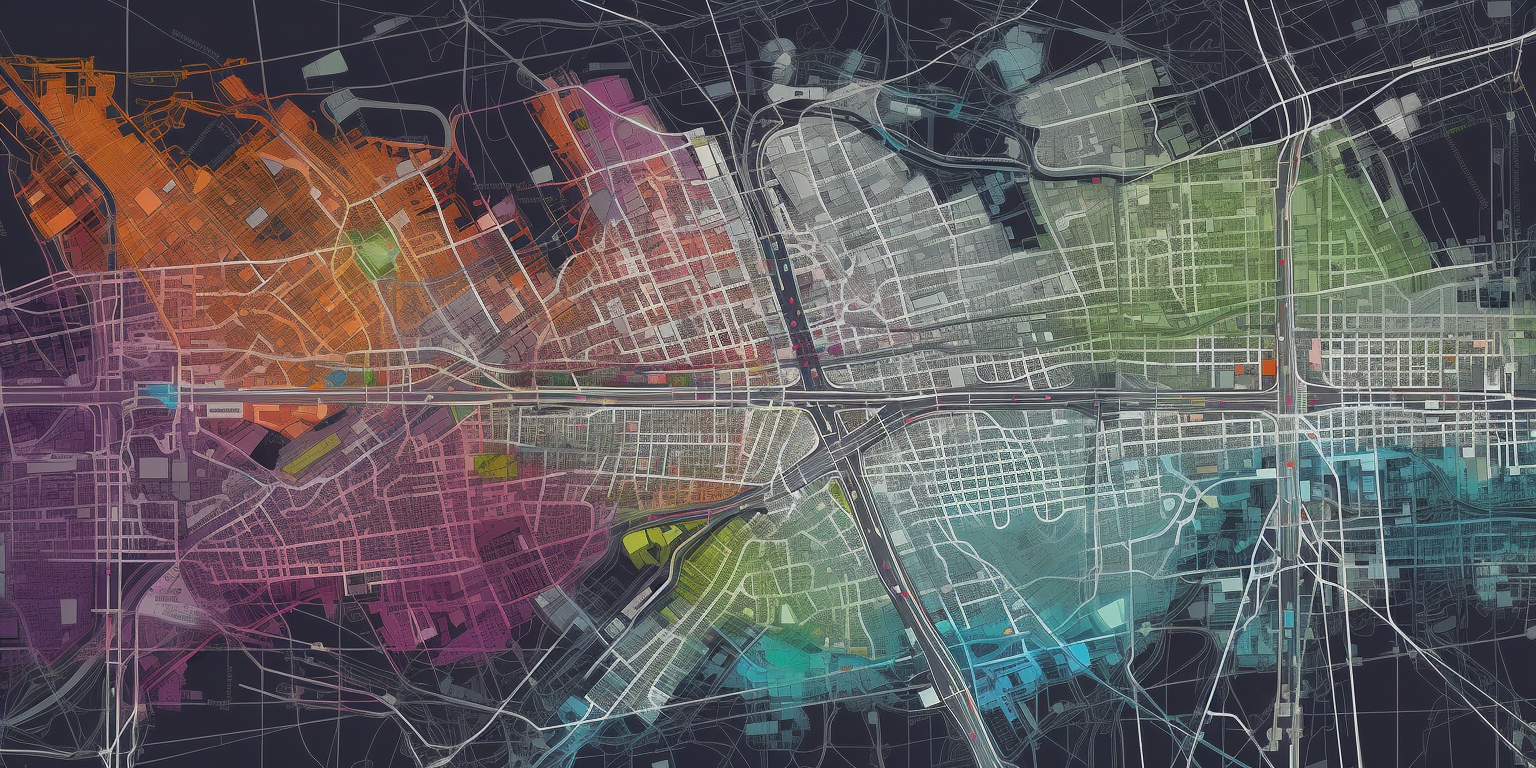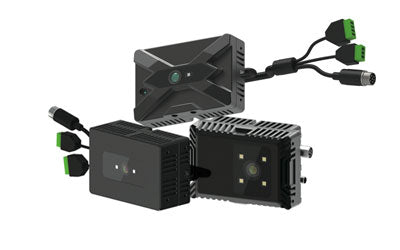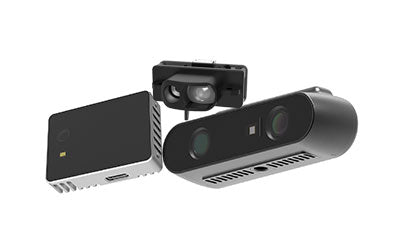The importance of TOF sensors in the development of smart cities

Smart cities are cities that use technology to improve the quality of life for their citizens, while reducing resource consumption and pollution. The development of smart cities relies heavily on the use of sensors, including time-of-flight (TOF) sensors. In this article, we will explore the importance of TOF sensors in the development of smart cities.

What are TOF Sensors?
TOF sensors are devices that measure the distance between the sensor and an object by emitting a light pulse and measuring the time it takes for the pulse to travel to the object and back. This technology is commonly used in applications such as object detection, distance measurement, and robotics.
Importance of TOF Sensors in Smart Cities
-
Traffic Management: TOF sensors can be used to monitor traffic flow in real-time, allowing cities to optimize traffic signal timings and reduce congestion. This can lead to reduced travel times, lower fuel consumption, and improved air quality.

-
Parking Management: TOF sensors can be used to monitor parking spaces in real-time, allowing cities to optimize parking availability and reduce the amount of time drivers spend searching for a parking spot. This can reduce traffic congestion and improve air quality.

-
Public Safety: TOF sensors can be used to detect the presence of people and vehicles in public spaces, allowing cities to monitor and respond to potential safety issues in real-time.

-
Energy Management: TOF sensors can be used to monitor energy usage in buildings and public spaces, allowing cities to optimize energy consumption and reduce waste. This can lead to lower energy bills and a reduced carbon footprint.

Challenges in Using TOF Sensors in Smart Cities
The use of TOF sensors in smart cities does face some challenges. These include the cost of the sensors and the need for reliable power sources, as well as the need for effective data management and analysis.
Conclusion
The development of smart cities relies heavily on the use of sensors, including TOF sensors. The use of these sensors in traffic management, parking management, public safety, and energy management can lead to significant improvements in the quality of life for citizens, as well as reductions in resource consumption and pollution. While there are some challenges associated with the use of TOF sensors in smart cities, advances in technology and data management are helping to overcome these challenges and make smart cities a reality.
Synexens 3D Of RGBD ToF Depth Sensor_CS30

Our professional technical team specializing in 3D camera ranging is ready to assist you at any time. Whether you encounter any issues with your TOF camera after purchase or need clarification on TOF technology, feel free to contact us anytime. We are committed to providing high-quality technical after-sales service and user experience, ensuring your peace of mind in both shopping and using our products.
-
Posted in
CS30


